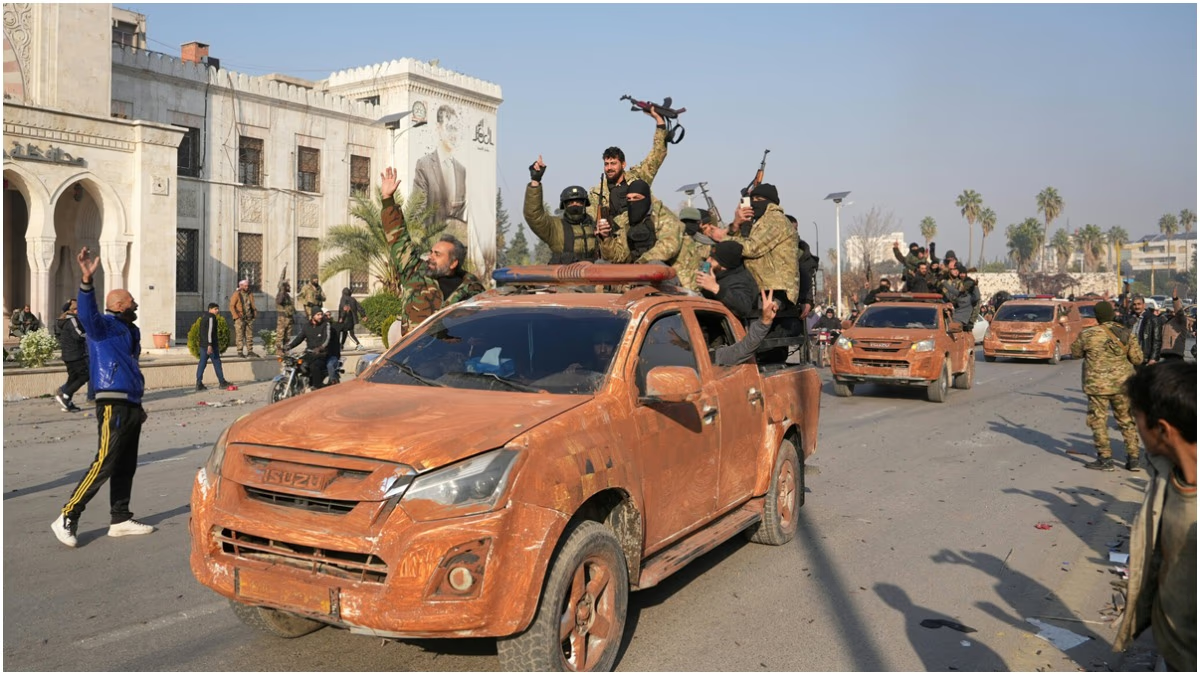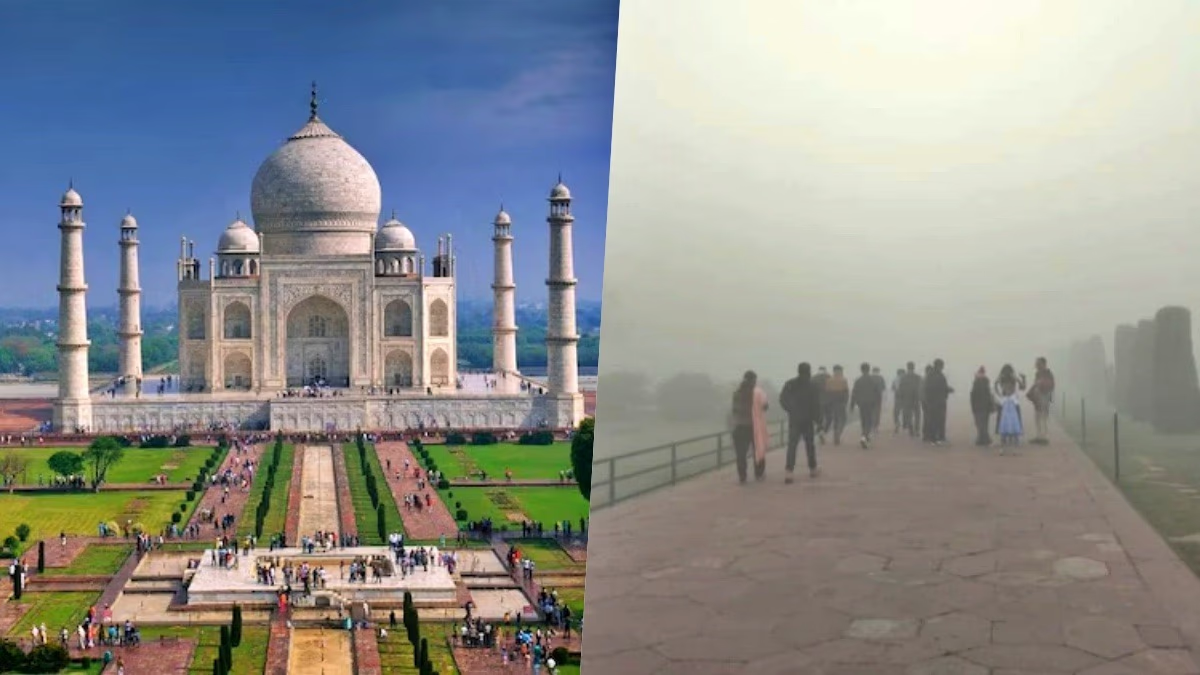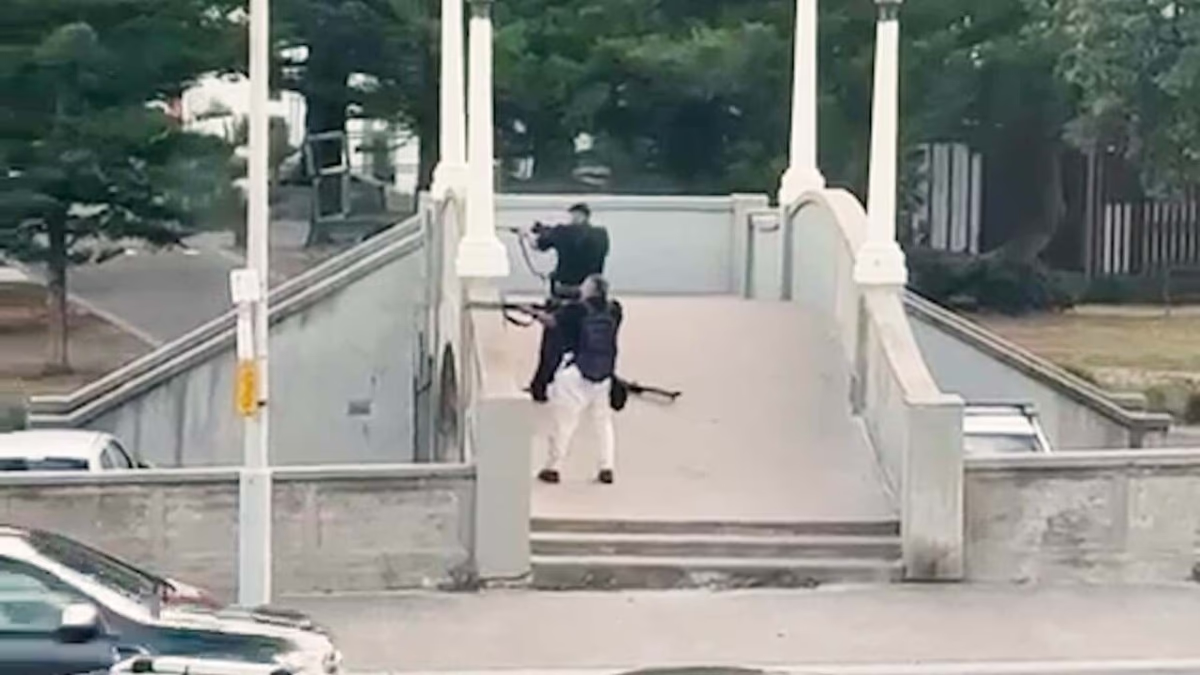The coalition of rebel groups, spearheaded by the Islamist faction Hayat Tahrir al-Sham, has seized control of Syria's capital, Damascus, marking the end of 24 years of Bashar al-Assad's regime in this Western Asian nation. Assad has left the country. Initiated against tyranny, the Arab Spring began in Tunisia in 2008, reaching Syria in 2011, transforming a rebellion against Assad into a civil war.
This war attracted Syrian rebel factions and extremist groups, along with international powers like the U.S., Iran, and Russia, evolving into a multi-layered conflict. Over 13 years, more than 500,000 Syrians lost their lives, and millions were displaced. Let's delve into the key highlights of the Syrian conflict...
Also Read:
Within just over a week, Syrian rebels had taken control of much of northwest Syria. After capturing major cities around Aleppo last week, they drove Assad loyalists out of the western city of Hama on December 5th. Soon after, on December 6th, they seized the strategically significant city of Homs and by December 8th, they had captured the capital, Damascus.
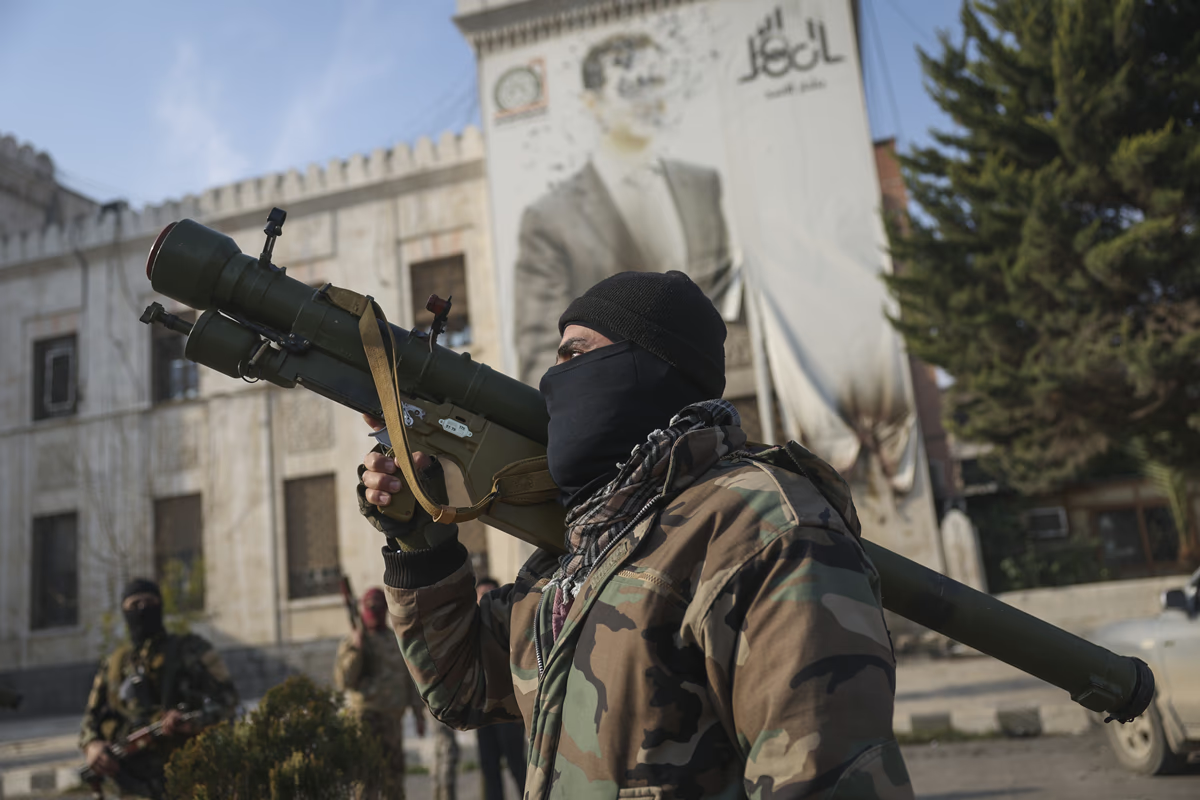
Source: aajtak
Who's Fighting Whom in the Syrian Civil War?
Assad Government
The Assad-led Syrian government has been at the epicenter of the long and devastating civil war that commenced in 2011. Bashar al-Assad assumed power in 2000, coming from a family that has ruled Syria since the 1970 coup. As an Alawite, a minority branch of Shia Islam, Assad initially projected himself as a modern reformist. However, during the Arab Spring, Assad responded to peaceful protests against his government with brutal crackdowns, igniting a nationwide uprising.
With the aid of Iran, Russia, and Lebanon's armed Hezbollah militia, the Assad regime reclaimed most of the rebel-held territories after years of warfare. However, Assad's allies found themselves stretched thin, embroiled on multiple fronts. The Ukraine conflict entangled Russia, Iran faced tensions with Israel, and Hezbollah grappled with Israeli military operations in Lebanon. The rebels seized upon these dynamics to launch a counteroffensive, leading to Assad's regime's fall.
Hayat Tahrir al-Sham
Meaning 'Organization for the Liberation of the Levant,' Hayat Tahrir al-Sham emerged during the Syrian Civil War's onset when jihadists formed the Al-Nusra Front to oppose pro-Assad forces with numerous rebel and suicide attacks. Initially associated with terrorist groups like ISIS and Al-Qaeda, the Al-Nusra Front in mid-2016 rebranded itself, breaking links with terror entities to form a new group with other factions named Hayat Tahrir al-Sham. Despite these changes, Western nations and the U.S. still classify it as a terrorist group. Hayat Tahrir al-Sham's leader, Abu Mohammad al-Jolani, emphasized in a New York Times interview that their main goal is liberating Syria from Assad's oppressive rule.
Also Read:
Kurdish Forces
The Kurds, a minority in Syria, play a pivotal role in the Kurdish forces, a crucial ally of the U.S. in combating ISIS under the Syrian Democratic Forces' banner. After extremist groups were defeated, Kurdish-led forces strengthened their hold on northeastern cities, expanding their autonomous region. Nonetheless, they still clash with Turkey, which views the Kurds as linked to a Kurdish separatist insurgency. Numerous other Syrian militia groups also engage in the civil war with their unique agendas and allegiances.
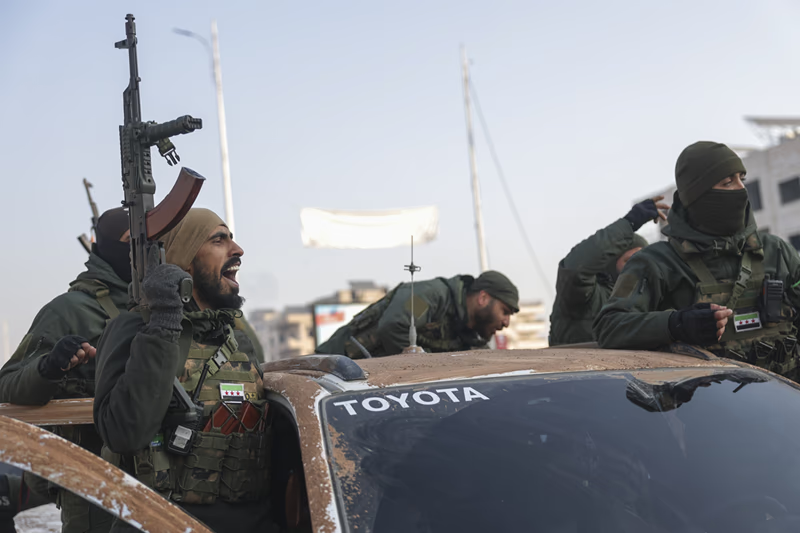
Source: aajtak
International Interests in Syria
Turkey
Since the civil war's inception, Turkey's military initiated several cross-border incursions in Syria, primarily targeting Kurdish-led forces. Turkey now effectively controls a territory along Syria's northern border. Turkey supports factions like the Syrian National Army, an armed rebel coalition against the Assad regime, with analysts suspecting Turkey's tacit approval of recent rebel assaults led by Hayat Tahrir al-Sham. After key Syrian cities fell to rebels, Turkish President Recep Tayyip Erdoğan, after Friday prayers in Istanbul on December 6th, stated, 'The march of rebel forces continues to Idlib, Hama, Homs, and ultimately Damascus. We wish for this march in Syria to proceed unhindered.'
Russia
Throughout the 13-year Syrian civil war, Russia remained a staunch foreign ally of Bashar al-Assad. Russia deployed troops and fighter jets to bolster pro-Assad forces against rebels, maintaining a strategic military presence via air and naval bases in Syria to orchestrate regional operations. Analysts note that Russia's intense involvement in the Ukraine war has constrained its ability to consistently support Syria's government. Thus, the frequency of Russian airstrikes on rebels has significantly decreased, enabling them to advance on Damascus.
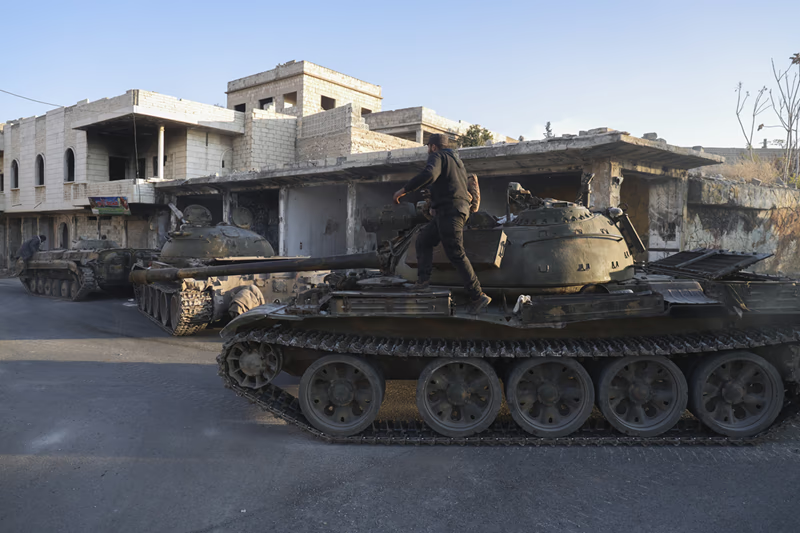
Source: aajtak
Iran and Hezbollah
Syria is a crucial component of Iran's 'Axis of Resistance,' a Middle Eastern political and military coalition led by Iran, comprising Hezbollah, Hamas, and the Houthis in Yemen. This alliance primarily aims at resisting Israel and diminishing American influence in the Middle East. Iran supplies weapons to Hezbollah through routes in Iraq and Syria. During the civil war, Hezbollah repaid this favor by dispatching thousands of fighters to side with Assad. However, the day before the rebels seized Damascus, Iran seemingly acknowledged its inability to sustain Assad's grip on power, beginning the evacuation of its military commanders and personnel from Syria.
Also Read:
The United States
The U.S.'s role in Syria's civil war has evolved over time. Initially, under the Obama administration, the U.S. supported rebels against Assad with limited effect by providing arms and training. Following the rise of ISIS in 2014, the U.S. military pursued decisive action against the terror group in Syria via airstrikes and aiding Kurdish forces. Remaining to curtail ISIS's resurgence, U.S. forces established a foothold in northeast Syria. While President Donald Trump withdrew most U.S. troops from Syria in 2019, approximately 900 remain stationed around Kurdish-controlled oil fields. A U.S. military post also resides southeast near Syria’s borders with Iraq and Jordan.
Israel
Israel's military actions in Syria are defensive, targeting Hezbollah and Iranian military sites, weapons production facilities, and transit corridors used by Iran to arm Hezbollah.
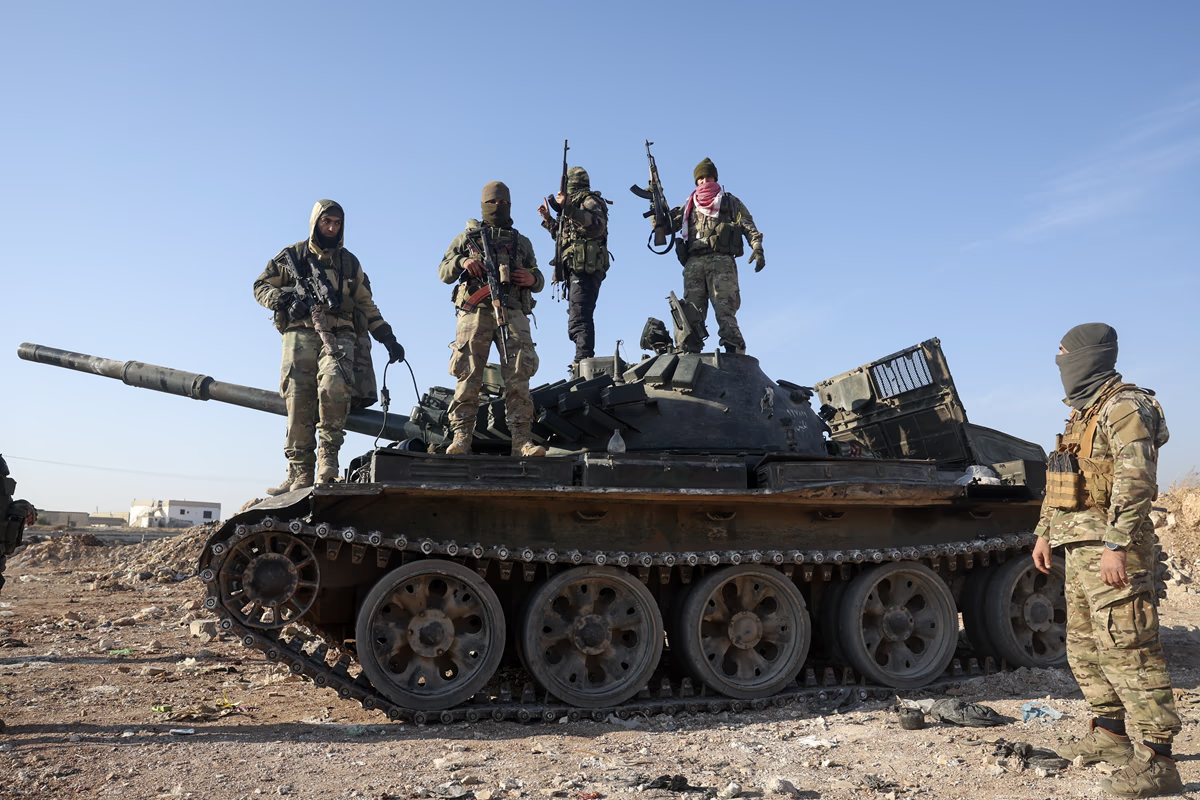
Source: aajtak
Implications of the Rebels' Victory
The rebels initially declared their main aim was ousting Bashar al-Assad from power. However, future intentions remain uncertain. The international community had reluctantly accepted Assad as Syria's leader, but the fall of his regime to rebels has ushered in further unpredictability in the already turbulent region. Some Arab nations had begun normalizing diplomatic ties with Assad after years of distance. The United States and other Western powers remain cautious of Hayat Tahrir al-Sham.
The rebel leaders comprehend that identifying as a jihadist organization would jeopardize their aspirations to participate in Syrian governance or lead the nation. Regardless of their success, the war’s outcome ties the interests of key regional powers—Israel, Iran, and Turkey. Thus, the Syrian civil war's resolution will reverberate globally, affecting major powers like the United States and Russia.
